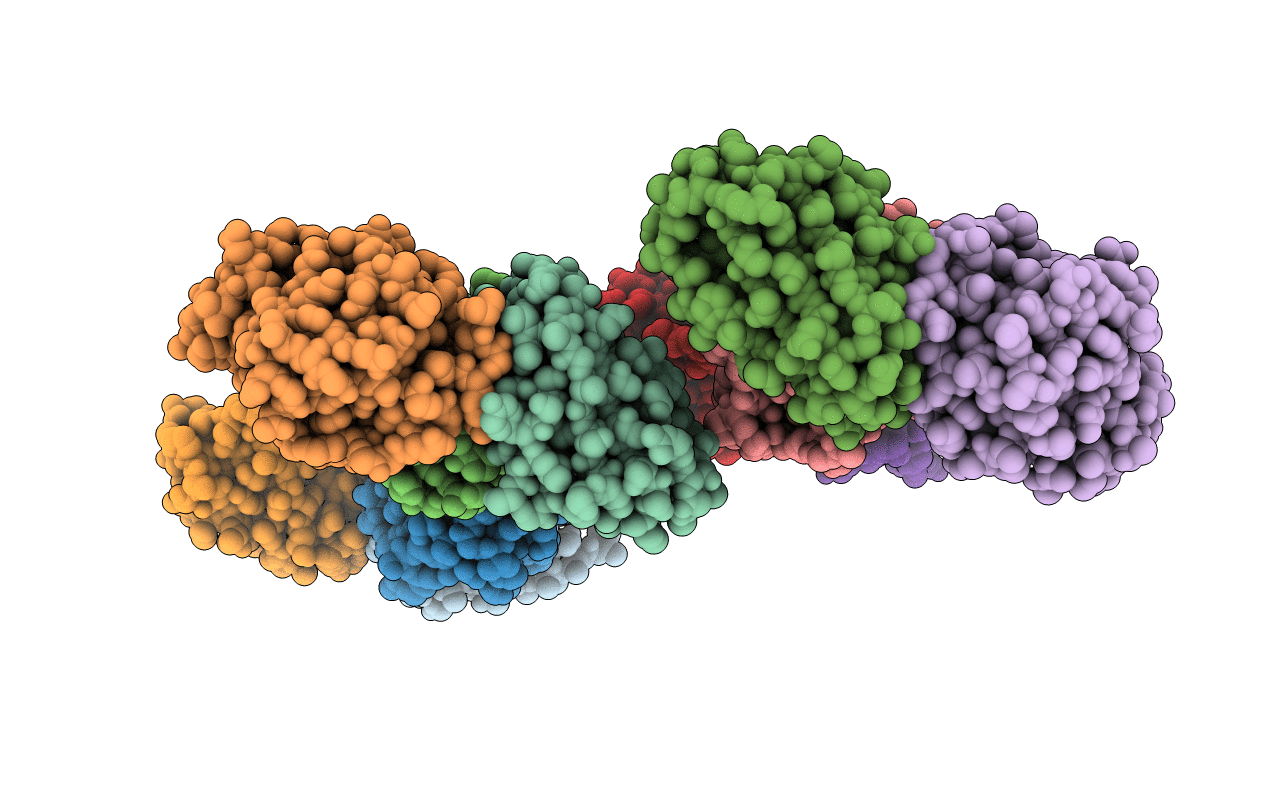
Deposition Date
2013-10-04
Release Date
2014-10-29
Last Version Date
2024-11-20
Entry Detail
PDB ID:
4N1E
Keywords:
Title:
Structural evidence for antigen receptor evolution
Biological Source:
Source Organism:
Homo sapiens (Taxon ID: 9606)
Gallus gallus (Taxon ID: 9031)
Gallus gallus (Taxon ID: 9031)
Host Organism:
Method Details:
Experimental Method:
Resolution:
2.23 Å
R-Value Free:
0.26
R-Value Work:
0.22
R-Value Observed:
0.22
Space Group:
P 1 21 1


